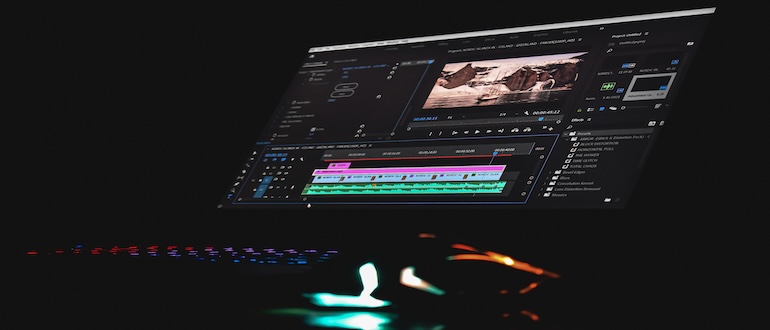
A surge in use of artificial intelligence (AI) in video production, especially pre-production, is allowing marketers to churn out high-quality videos with bigger budgets.
Use of the technology in production and editing more than doubled the past year, and budgets rose as marketers benefitted from strong returns across lead generation and conversions, according to Wistia’s 2025 State of Video Report.
“We’re seeing a level of AI usage in video pre-production like we haven’t before,” Sam Balter, head of content at Wistia, said in an interview. “Scripting, script planning, editing. Tone shifts in scripts, which make them punchier used to take hours. Now, they take minutes.”
Post-production tasks such as captions and dubbing also are increasingly being handled by AI, Balter added.
The use of AI for video creation has surged to 41%, compared to 18% in 2024, because AI-powered tools are helping marketers streamline pre-production (scripting, brainstorming) and post-production (captions, dubbing, visual generation).
AI-generated captions have skyrocketed 572% since 2021, making them the most widely adopted accessibility tool, while other popular AI-driven features were voice dubbing (38%) and language translation (31%), according to the study.
Viewing habits have been formed by engagement rate (34%) and conversion rate (29%). Videos of under one minute, in particular, gained the greatest traction in engagement (50%).
And, despite economic concerns, brands continue to invest in video. Nearly three in five (57%) said they are increasing money spent on video this year, though they remain concerned about costs and technical skills required.
“AI is completely changing the game for video,” Wistia CEO Chris Savage said in a statement. “The barriers to video creation are disappearing. Now, anyone (not just pros) can make high-quality videos. And it’s not just creation. AI-driven tools like dubbing and translation are making it easier than ever for brands to reach global audiences. We’re at a turning point. Video is about to get a whole lot more dynamic, engaging, and impactful.”
The study comes as AI leaders such as OpenAI develop models that transform text descriptions into high-quality video clips.

